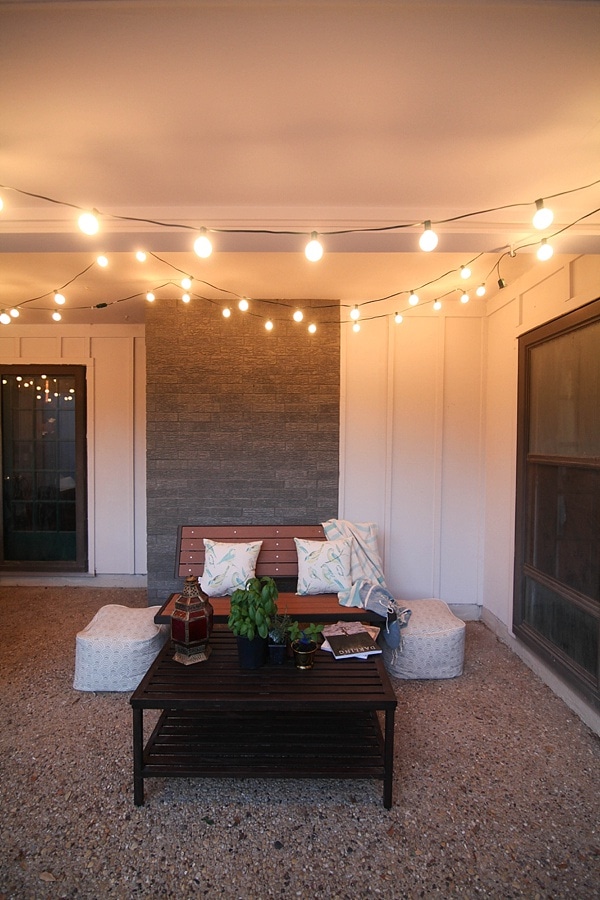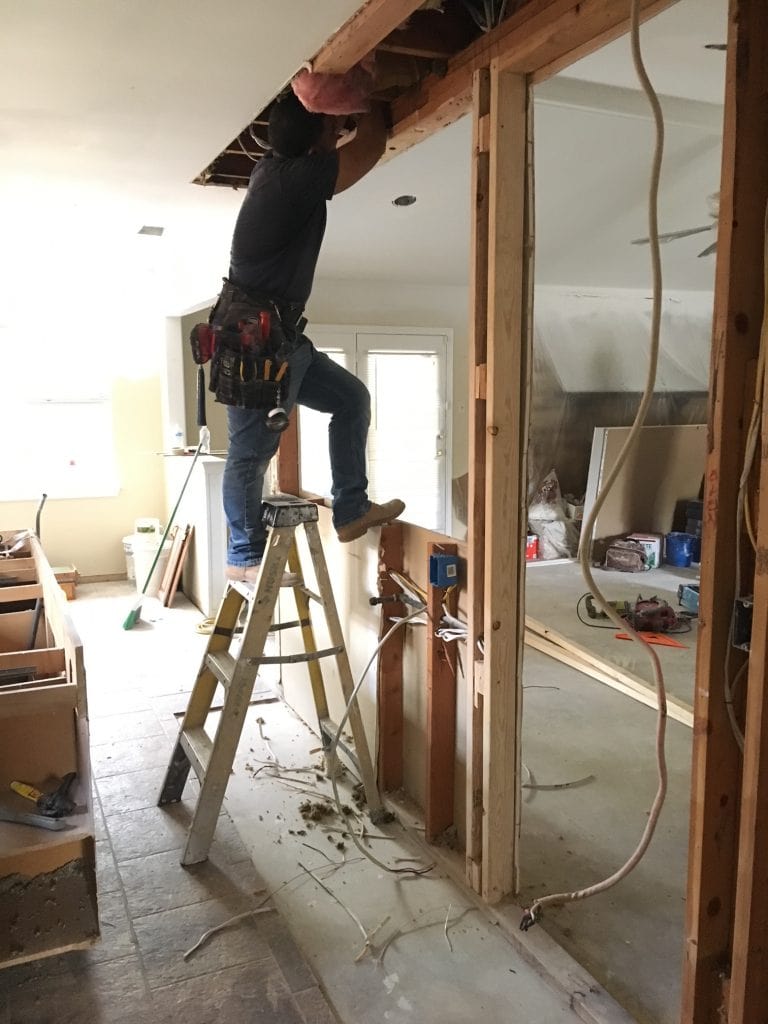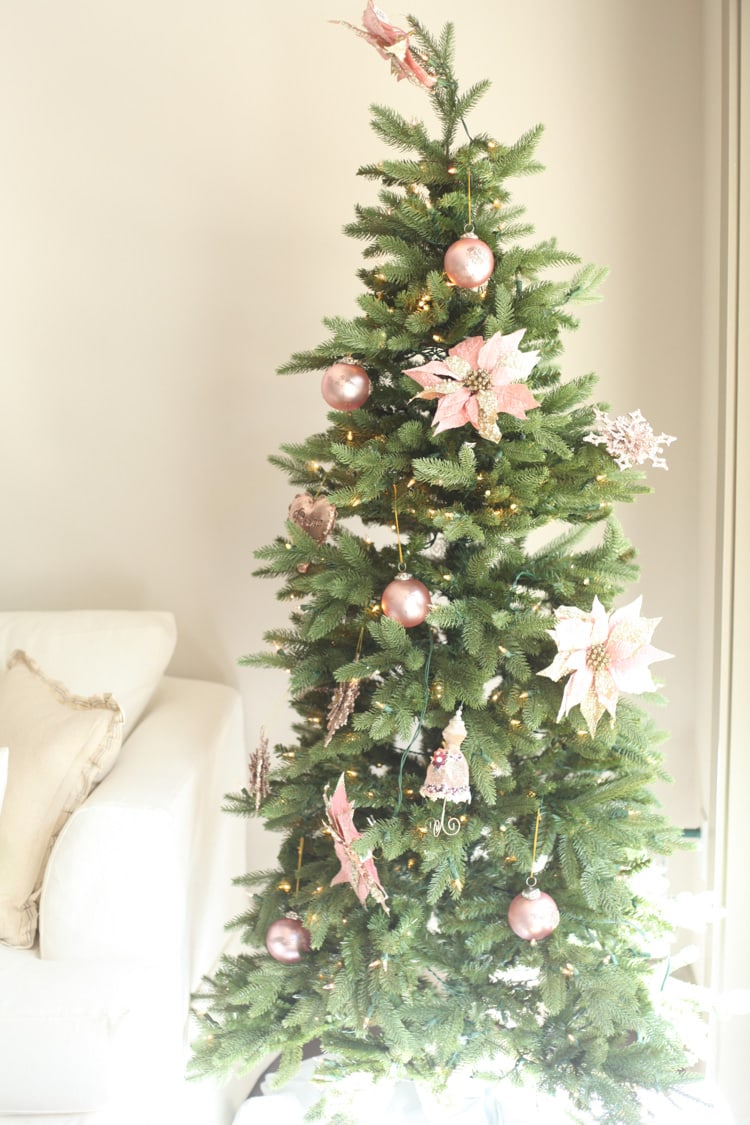How to Winterize Your Home To Save on Energy Costs
Some links in this post are affiliate links, which means I receive a commission if you make a purchase (at no additional cost to you). Thank you for your support!
Winter is officially here, and that means it’s time to make sure your house is winter-ready! Preparing your home for colder months (aka winterization) is a necessary and practical approach for homeowners. In this post, you’ll learn how to winterize your home (and why it’s crucial to do so!).
Why Winterize Your Home?
Winterizing your home is an excellent way to safeguard it against the harsh effects of cold weather and to cut down on high energy expenses.
Winterization measures are easy to execute – and most importantly, budget-friendly, particularly when weighed against potential damages and costly repairs that could result if these steps aren’t taken.
It’s an annual routine that shouldn’t be underestimated. The winter weather, including snow, rain, ice, and wind, can test your home’s resilience. Therefore, winterizing is a proactive step to confront the challenging cold weather through various tactics and preventative measures to protect one of our greatest assets – our home.
So, if you are heading south for the winter or simply residing in an area with cold weather, here are some ways to winterize your home.
The Best Ways to Winterize Your Home
Winterizing your home typically starts in the early fall and needs to be done before the first deep freeze of the season. However, if you haven’t done it yet, don’t panic! There’s still time to make your house nice and cozy for the rest of this cold weather season.
Keep in mind that winterizing your home is one of the best ways to protect your home from the extreme cold weather. It is also a great way to help reduce energy bills and keep your home warm and cozy during winter.
Here’s how to winterize your home, and what to look at when doing so.
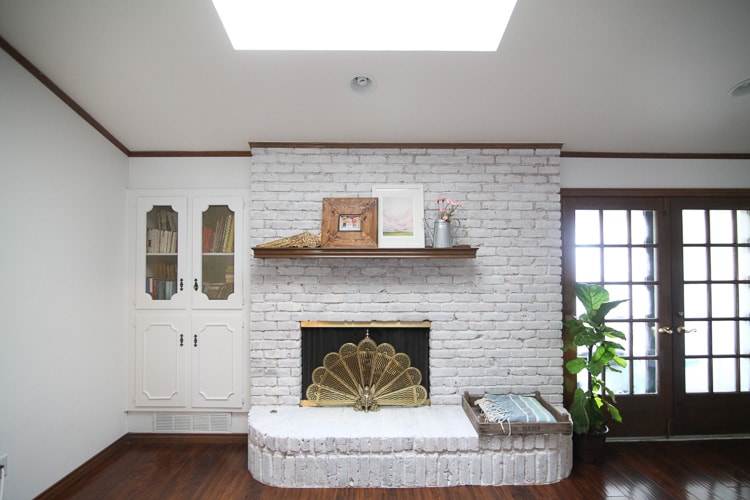
Inspect Your Fireplace and Chimney
Nothing screams winter more than a cozy brick fireplace. However, before lighting the first fire of the season, you need to conduct an annual inspection of your fireplace before using it. An inspection will ensure the fireplace is free from residue, soot, or debris. This can be done by vacuuming or sweeping out any ash in the firebox from the previous season.
In addition, you should enlist a chimney sweeper’s services to perform a thorough cleaning before using it in winter. Neglecting this kind of maintenance can pose a fire and safety risk, so it’s necessary to inspect your fireplace thoroughly.
Don’t Plan To Use The Fireplace for Winter?
Even if the rest of your home is well-sealed, a chimney introduces a substantial opening in the room, providing a pathway for cold drafts to infiltrate your heated living areas.
Consider a chimney balloon if you don’t intend to use the fireplace. This device is a balloon that inflates into place in the fireplace just above the damper. This balloon helps to prevent cold drafts from coming into your home by sealing off this space.
You can also use a flue plug or a magnetic fireplace cover for the same purpose.
Upgrade to a Smart Thermostat
Smart thermostats are all the rage right now. Swapping your old thermostat for a smart programmable one lets you customize and control your heating and cooling schedule to regulate the temperatures in your home more efficiently.
We personally have the Nest thermostat and I love it! I can easily control it from my phone which makes it super easy to do from home or anywhere else I may be.
Annual Gutter Check
As part of your winter preparations, keeping your gutters clean is crucial. Gutter systems help to protect your home’s exterior by redirecting water and snow away from your roof. The gutter prevents water from accidentally seeping in and causing harm to your home.
When gutters become clogged with leaves and debris, it disrupts system functioning. To avoid clogs and blockages, perform a routine check and clean your gutters to remove leaves and debris.
Gutter cleaning should be done at least once a year. A good rule of thumb is to arrange for gutter cleaning after the last leaves have fallen during the fall season.
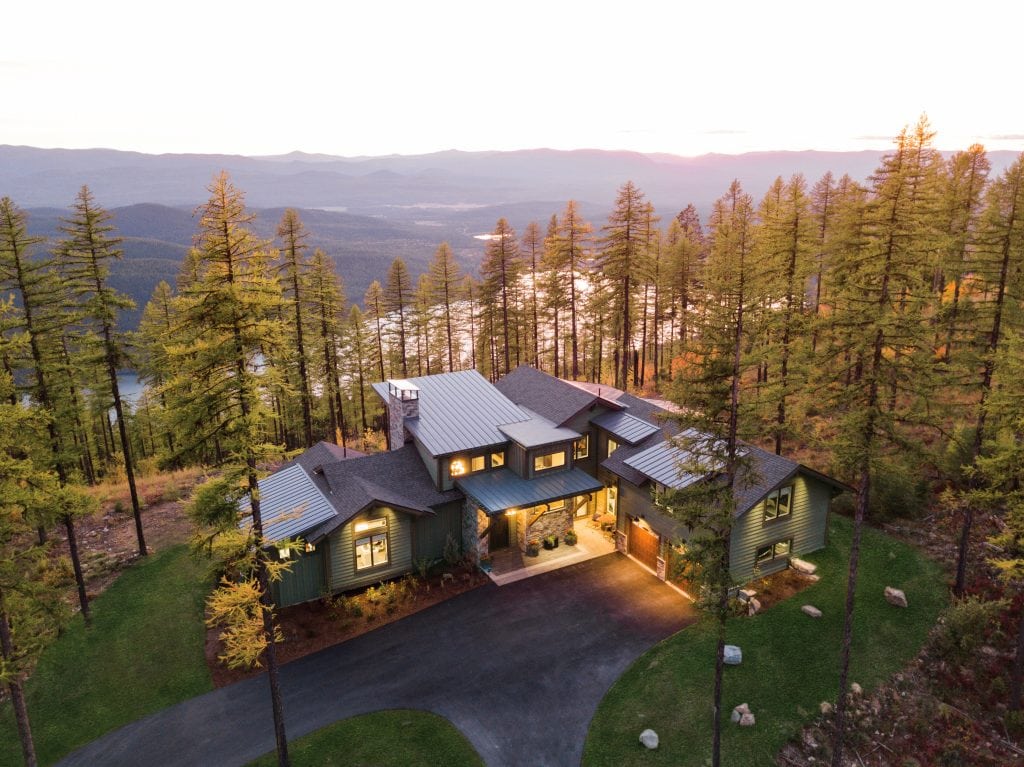
Prepare The Roof
Like the gutter, your roof protects your home’s exterior. You must inspect your roof for signs of wear and tear, such as broken or missing shingles, damaged flashing, or general deterioration. Clear away leaves, pine needles, dirt, and other debris from the roof.
Check on Your Pipes
Insulating all the pipes inside and outside your home that may be vulnerable to freezing is a good idea to prevent frozen pipes. This will require the removal of all garden hoses connected to your home and turning off the water supply to outdoor spigots.
When you remove your garden hoses, you’ll want to drain and store them away. This will help prevent any freezing and expansion of the pipes.
For interior house pipes, you will want to maintain a steady, slow flow of water in a few faucets to safeguard against freezing and potential bursts. This is especially necessary when the temperature drops below 32 degrees Fahrenheit.
You can further protect the pipes beneath kitchen and bathroom sinks by leaving the cabinet doors open to circulate warm air near and around the pipes. It will further help to minimize any freezing.
Seal Holes, Cracks, and Gaps
The act of weatherstripping is essential in the winterizing process. Weatherstripping is the process of sealing any open holes, cracks, or gaps that might be in your home. These gaps and openings are often present around windows and doors. Weatherstripping helps to prevent cold air from infiltrating and heat escaping.
To best winterize your home, you need to weatherstrip by applying caulking to cover any openings and cracks and install draft guards and door sweeps at the base of your doors to help block any cold drafts.
Weatherstripping helps to reduce energy costs in your home further.
Insulate The Attic
The attic also plays an integral part in winterizing your home. Often, in most homes, there’s either a lack of insulation or insufficient insulation in the attic. Inadequate insulation can impact the circulation of air throughout your home. Therefore, sound insulation in the attic prevents warm air from the rooms below from escaping into the attic.
Make sure to take the time to inspect the attic vents, search for leaks, and assess the insulation.
Cover Outdoor Furniture and Equipment
Cold temperatures and extreme weather can be rough on outdoor furniture and barbeque grills. And since you will unlikely be using your backyard for entertainment during the winter months, it is best to protect your stuff.
The best way to protect your patio furniture and outdoor grill from the cold is to either cover them with weatherproof covers or bring them inside by storing them in a garage, basement, or shed.
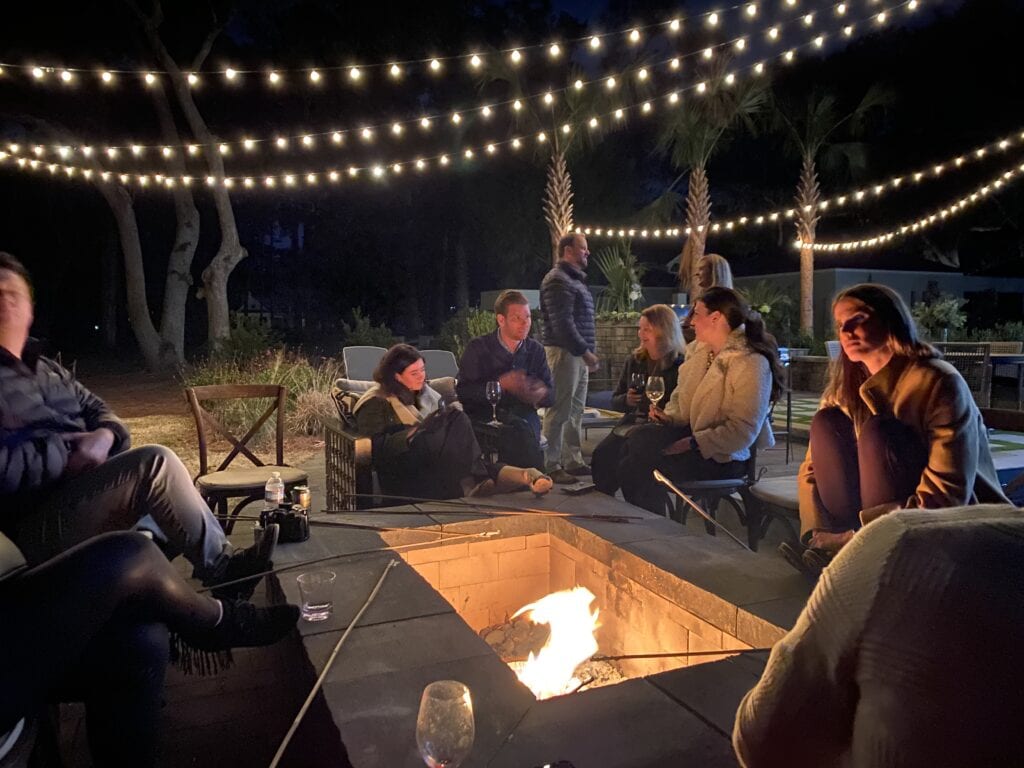
Clean up The Yard
While you may only spend a little time outside unless you enjoy a fire pit, keeping your yard clean is still essential.
Cleaning your yard may require trimming your trees, eliminating dead and overhanging branches, and removing all yard debris. Extreme weather, including snow and wind, can help weaken trees and break branches. If the branches break, they could fall, posing a real risk to your property, vehicles, or personal safety.
In addition, take the time to bring indoor plants inside before the onset of the first cold spell. As a rule of thumb, aim to relocate them indoors before temperatures drop below 45 degrees.
HVAC System Maintenance
In case you haven’t had the “pleasure” yet…replacing an HVAC system is super expensive. Proper maintenance is much more cost-effective. Therefore, before you head into the winter season, ensure your heating system is operating efficiently by thoroughly inspecting or replacing the furnace filter. HVAC filters should be replaced every three months.
A clean heating and cooling system will enhance your system’s performance, and a clogged filter filled with lint and dust will obstruct airflow, causing your system to work overtime to heat your home.
If you need to hire a technician to inspect your HVAC or suspect there may be an issue, you must schedule this kind of service appointment beforehand. During the height of the winter months, there is often a lack of availability and longer wait times with these service technicians.
Smoke and Carbon Monoxide Detector Test
Residential fires and carbon monoxide leaks tend to be more prevalent during the winter months, making it essential to ensure the functionality of all your smoke and carbon monoxide detectors. Be sure to perform monthly checks and replace batteries as necessary.
Winter Ready Window Treatments
Appreciating the importance of a good window treatment to protect against cold weather is important. Even the most well-sealed windows can feel chilly during the winter months.
To help winterize your home, replace lightweight summer curtains with thermal lined curtains, insulated blinds, or drapes for added insulation. These window treatments can help to reduce the cold draft from coming into your home.
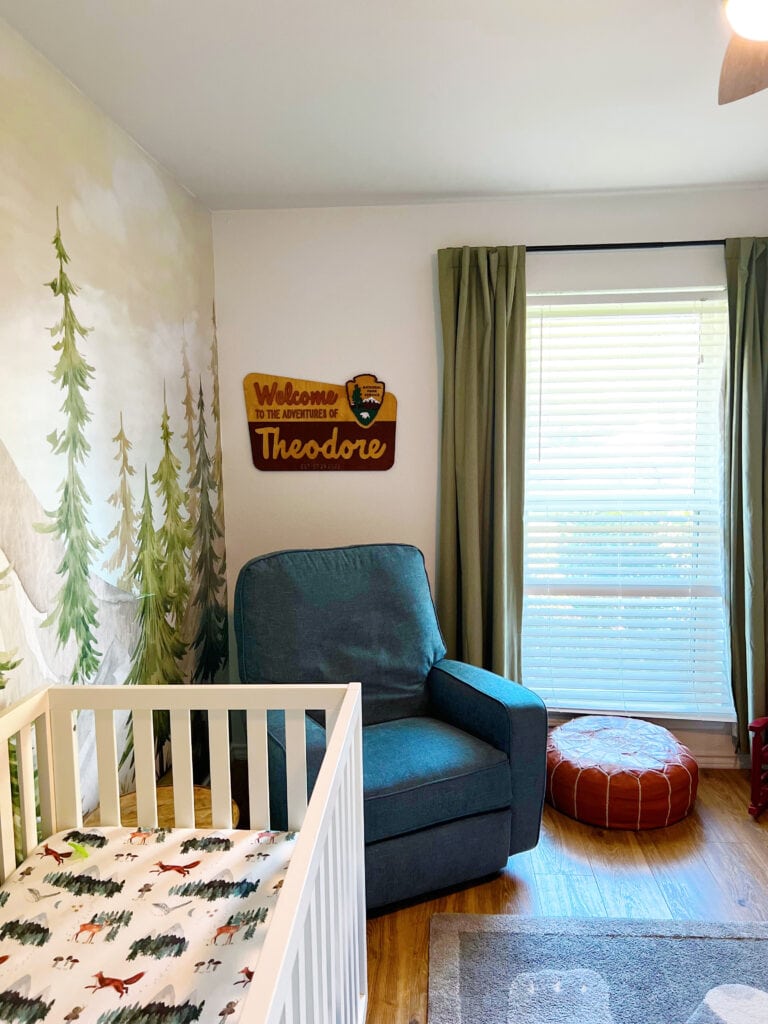
Conclusion
With a little foresight and planning, you can easily prep your home for the colder months. Not only will you be more comfortable, but you’ll save money too! Your home—and your wallet—will thank you.
This article originally appeared on Wealth of Geeks.
Tamara White
Tamara White is the founder of The Thrifty Apartment, a home decor and DIY blog that focuses on affordable and budget-friendly home decorating ideas and projects. Tamara documents her home improvement journey, love of thrifting, tips for space optimization, and creating beautiful spaces.

